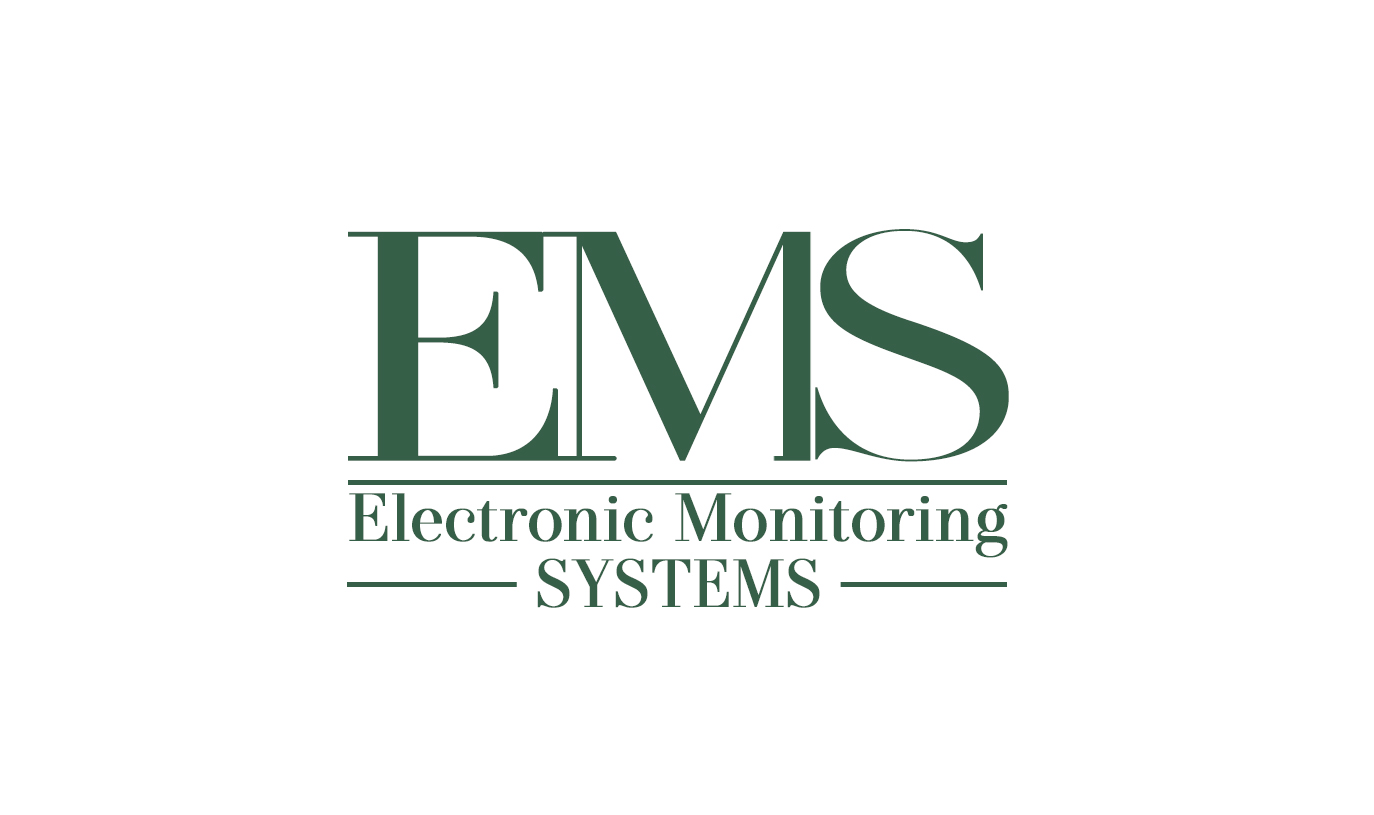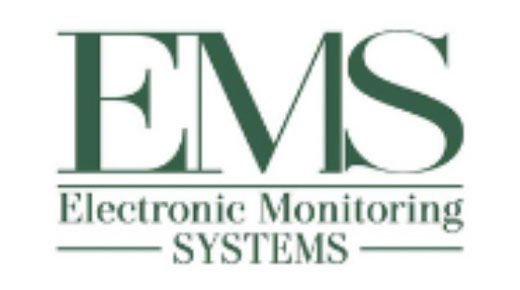Learn All About Electronic Monitoring Services
Get the facts from our company serving Bossier, Natchitoches, Shreveport & Monroe, LA
Electronic Monitoring Systems specializes in electronic monitoring services in Bossier, Natchitoches, Shreveport & Monroe, LA. Electronic monitoring, also known as electronic surveillance or electronic tagging, is an innovative approach that has gained significant attention as an alternative to traditional incarceration. This essay aims to explore the concept of electronic monitoring and its potential benefits and limitations as a means of punishment and rehabilitation.
Electronic monitoring involves the use of technology to track and monitor the activities and whereabouts of individuals under legal supervision. This technology typically includes GPS tracking devices, ankle bracelets and other electronic devices. By using these tools, authorities can ensure that offenders comply with their court-ordered restrictions, such as curfews, restricted areas or exclusion zones.
One of the main benefits of electronic monitoring is its potential to reduce prison overcrowding. In many countries, prisons are filled beyond capacity, putting a strain on resources, staff and the overall effectiveness of the correctional system. By utilizing electronic monitoring, non-violent offenders can be monitored in the community, freeing up space for more serious offenders who pose a greater risk to society. This approach allows for a more efficient allocation of resources within the criminal justice system.
Moreover, electronic monitoring can also contribute to the process of rehabilitation. Imprisonment often disrupts an individual's social ties, employment and family relationships, making reintegration into society more challenging. Electronic monitoring allows offenders to maintain their employment, continue their education and provide support for their families while serving their sentences. By providing a sense of stability and continuity, electronic monitoring may reduce the likelihood of reoffending and promote successful reintegration into society.
Furthermore, electronic monitoring can be a cost-effective alternative to incarceration. Traditional imprisonment involves significant expenses associated with housing, feeding and providing healthcare for inmates. In contrast, electronic monitoring is generally less expensive, as it requires fewer resources and facilities. This cost-effectiveness can allow authorities to allocate their limited resources more efficiently, investing in other areas such as education, rehabilitation programs or victim support services.
However, it is crucial to acknowledge the limitations of electronic monitoring as well. Firstly, while electronic monitoring can be effective for non-violent offenders, it may not be suitable for those who pose a higher risk to public safety. Monitoring technology cannot prevent violent or impulsive behavior, and some offenders may find ways to circumvent or tamper with the devices. Therefore, careful risk assessment and individual case management are essential to ensure the appropriate use of electronic monitoring.
Secondly, electronic monitoring raises concerns about privacy and civil liberties. Constant surveillance and monitoring can infringe upon an individual's right to privacy and may create a sense of constant scrutiny. Safeguards and regulations must be in place to protect individual's privacy rights and prevent any potential misuse or abuse of the monitoring system.
Lastly, the effectiveness of electronic monitoring in reducing recidivism rates is still a matter of debate. While some studies suggest that electronic monitoring can be effective in reducing reoffending, others argue that the impact may be limited, especially without accompanying support programs, such as counseling, job training or substance abuse treatment.
In conclusion, electronic monitoring presents an alternative to traditional incarceration that has the potential to address issues of prison overcrowding, promote rehabilitation, and offer cost-effective solutions. However, its effectiveness should be assessed on a case-by-case basis, considering the risks and needs of individual offenders. To ensure its success, electronic monitoring should be accompanied by comprehensive support programs and safeguards to protect individual rights.

